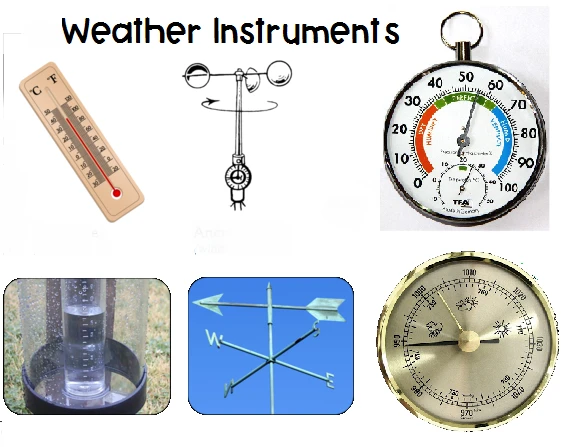
。
# Weather Gauges and Instruments for Accurate Meteorological Measurements
## Introduction to Weather Gaauges and Instruments
Weather gauges and instruments play a crucial role in meteorology by providing accurate measurements of various atmospheric conditions. These tools help scientists, researchers, and weather enthusiasts understand and predict weather patterns, ensuring safety and preparedness for extreme conditions.
## Essential Weather Gauges and Their Functions
### Thermometers
Thermometers are fundamental instruments used to measure air temperature. They come in various types, including digital, mercury, and alcohol thermometers. Accurate temperature readings are vital for weather forecasting and climate studies.
### Barometers
Barometers measure atmospheric pressure, which is essential for predicting weather changes. A sudden drop in pressure often indicates an approaching storm, while high pressure typically signifies fair weather.
### Hygrometers
Hygrometers determine the humidity levels in the air. Understanding humidity is crucial for predicting precipitation, fog, and even heat indices, which affect human comfort and health.
### Anemometers
Anemometers measure wind speed and direction. These instruments are indispensable for aviation, marine navigation, and storm tracking. Cup, vane, and sonic anemometers are among the most commonly used types.
### Rain Gauges
Rain gauges collect and measure the amount of precipitation over a specific period. This data is critical for agriculture, water resource management, and flood forecasting.
## Advanced Meteorological Instruments
### Weather Stations
Modern weather stations combine multiple instruments into a single system, providing comprehensive data on temperature, humidity, wind speed, and precipitation. These stations can be ground-based or mounted on buoys and satellites.
### Radiosondes
Radiosondes are balloon-borne instruments that collect atmospheric data at various altitudes. They transmit information on temperature, humidity, and pressure back to ground stations, aiding in weather prediction models.
### Doppler Radar
Doppler radar systems detect precipitation, measure its intensity, and track storm movements. These systems are vital for severe weather warnings and aviation safety.
## Importance of Accurate Measurements
Accurate meteorological measurements are essential for:
– Weather forecasting and early warning systems
– Climate research and environmental monitoring
– Agriculture and water resource management
– Aviation and maritime safety
## Conclusion
Weather gauges and instruments are the backbone of meteorological science. By providing precise and reliable data, these tools enable us to understand and respond to weather phenomena effectively. Whether for daily forecasts or long-term climate studies, the role of these instruments cannot be overstated.
Keyword: weather gauges instruments